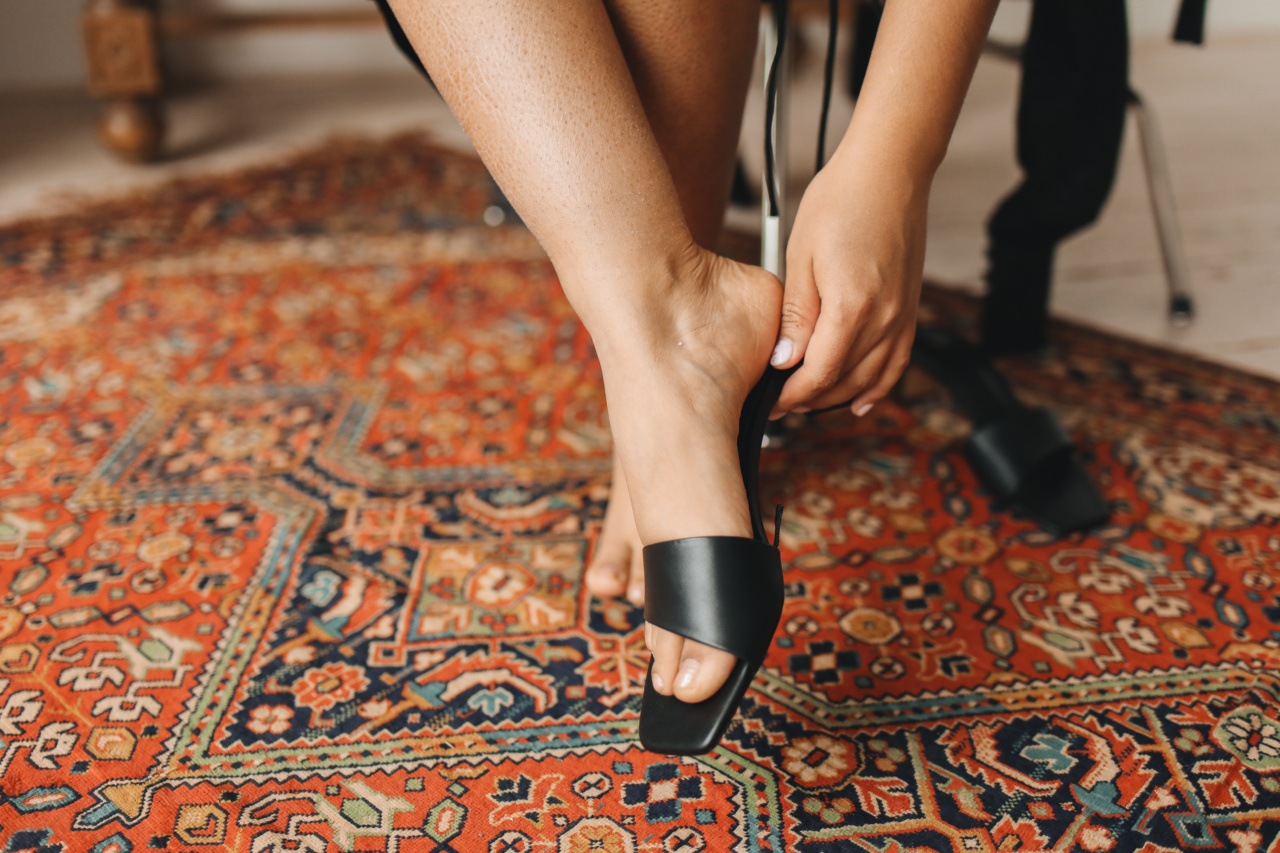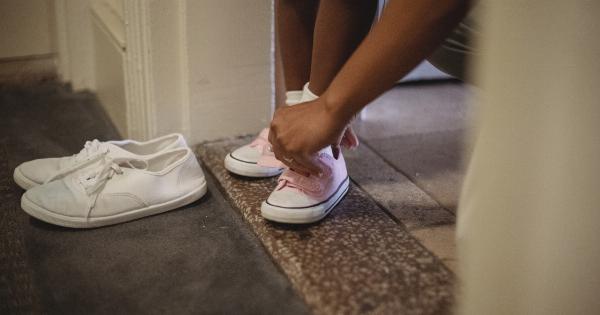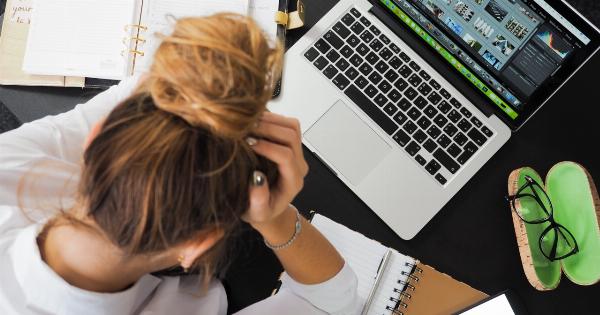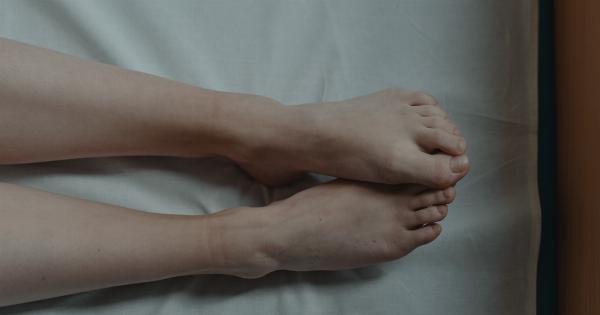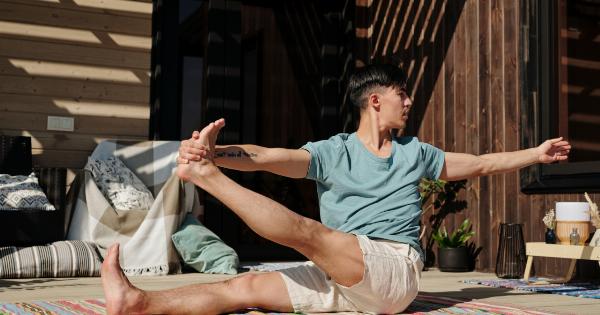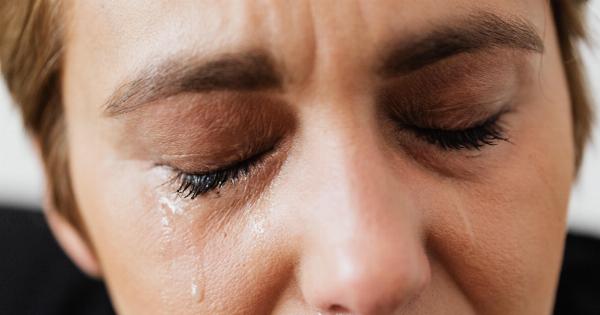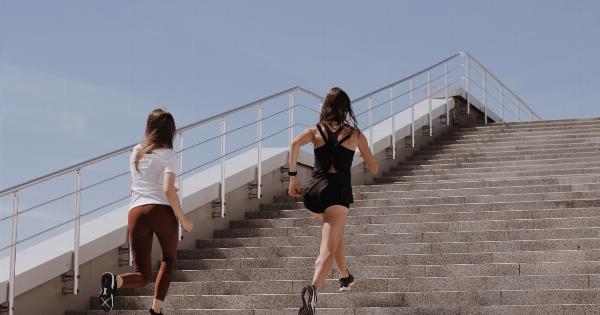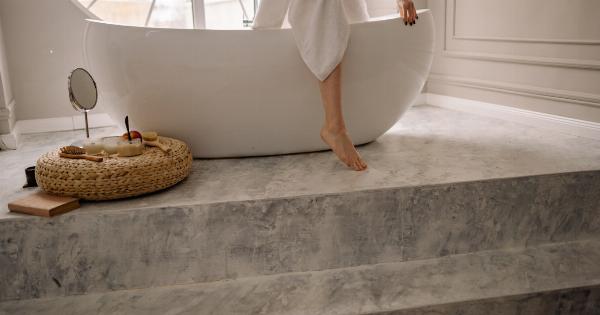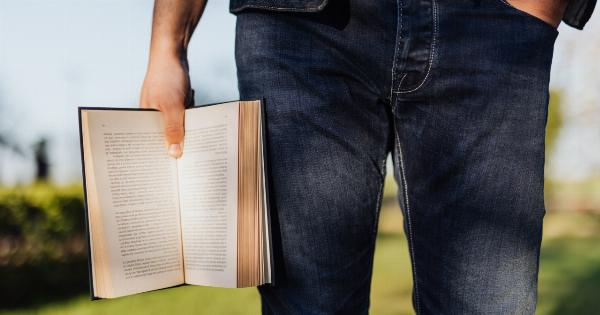Our choice of footwear plays a crucial role in not just our comfort, but also our overall health and wellbeing. Wearing the wrong shoes can have far-reaching consequences, affecting our feet, legs, and even our posture.
It’s important to understand the potential dangers and take steps to avoid them. In this article, we will explore the various negative effects of wearing inappropriate shoes and highlight the importance of selecting the right footwear for different occasions and activities.
1. Foot Pain and Discomfort
Wearing ill-fitting shoes can lead to foot pain and discomfort. Shoes that are too tight can squeeze the toes together, causing conditions such as bunions, corns, and ingrown toenails.
On the other hand, shoes that are too loose can lead to blisters, calluses, and general instability while walking.
2. Arch and Heel Problems
The arches of our feet act as natural shock absorbers, helping us maintain proper balance and reduce strain on our joints.
Wearing shoes without proper arch support can lead to the development of flat feet or fallen arches, causing pain and discomfort in the feet, ankles, and even the lower back. Moreover, inadequate heel support can contribute to conditions like heel spurs, plantar fasciitis, and Achilles tendonitis.
3. Ankle Sprains and Instability
Wearing shoes that lack proper ankle support increases the risk of sprains and ankle instability.
Shoes with weak or non-existent ankle support fail to provide the necessary stability needed for activities such as walking on uneven surfaces, running, or participating in sports. A simple misstep or twist can result in a painful ankle sprain, leading to temporary or even long-term mobility issues.
4. Postural Imbalances
The shoes we wear play a significant role in maintaining correct posture. Wearing shoes with an improper height or shape of the heel can disrupt the alignment of our spine, causing postural imbalances.
This can result in pain in the lower back, hips, and even the neck. Over time, these imbalances can lead to chronic pain and increase the risk of developing conditions such as scoliosis.
5. Increased Risk of Falls
The wrong shoes can contribute to an increased risk of falls, especially in older adults. Shoes with slippery soles or those that do not offer sufficient traction on various surfaces can result in slips, trips, and falls.
Such incidents can lead to severe injuries, such as fractures or head trauma, and may even result in long-term consequences like loss of mobility or independence.
6. Impact on Athletic Performance
Athletes and sports enthusiasts need to wear appropriate footwear to optimize their performance and reduce the risk of injuries.
Wearing the wrong shoes while engaging in physical activities can lead to reduced performance, compromised stability, and an increased chance of strains or sprains. Proper sports-specific shoes provide the necessary support, cushioning, and traction required for each activity.
7. Circulation Issues
Shoes that are too tight can restrict proper blood circulation in the feet, leading to uncomfortable conditions like numbness, tingling, or swelling.
Prolonged restriction of blood flow can result in more serious issues, such as deep vein thrombosis (DVT). It is crucial to select footwear that allows for the natural movement and circulation of blood in the feet.
8. Negative Influence on Children’s Growth
Wearing ill-fitting or unsuitable shoes can negatively impact the growth and development of children’s feet.
Inadequate support or excessively tight shoes can interfere with the normal growth patterns, leading to conditions like pigeon toes, bowlegs, or pronation abnormalities. It is crucial for parents to provide their children with properly fitted shoes to ensure healthy foot development.
9. Aggravation of Existing Conditions
Individuals with pre-existing foot conditions, such as diabetes, arthritis, or plantar fasciitis, need to be even more cautious about their shoe choices.
Wearing unsuitable footwear can worsen their existing conditions, leading to increased pain, inflammation, or potential foot ulcers. It is essential for individuals with specific foot issues to consult with a podiatrist who can recommend appropriate footwear options.
10. Psychological Impact
Lastly, wearing uncomfortable or inappropriate shoes can have a negative psychological impact. Constant foot pain or discomfort can affect one’s mood, productivity, and overall quality of life.
It can limit one’s ability to engage in physical activities, affect self-confidence, and even lead to social withdrawal in some cases.
Conclusion
When it comes to our footwear choices, it’s important to prioritize health and comfort alongside style. The consequences of wearing the wrong shoes can have a significant impact on our physical and mental well-being.
By selecting shoes that offer proper support, cushioning, and fit, we can mitigate the risks and ensure our feet and legs remain healthy for years to come.
